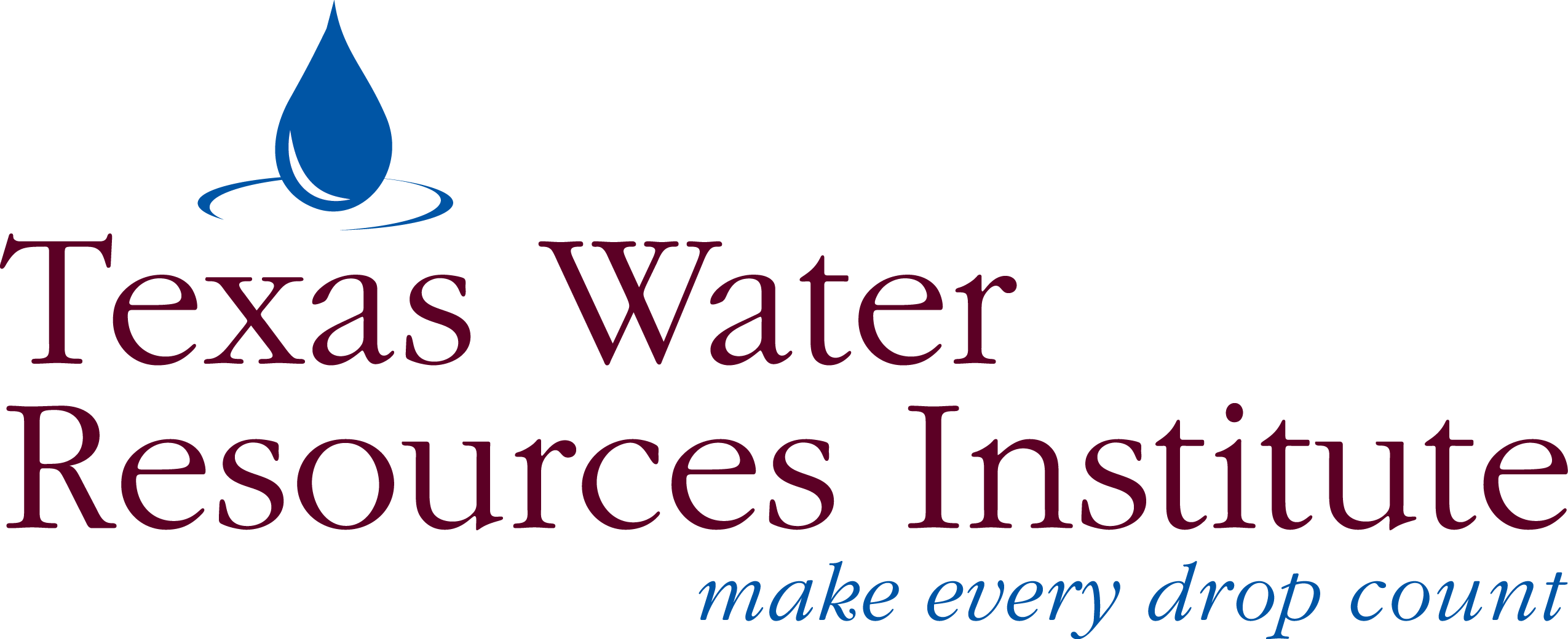Despite starting with very little, Garett Sansom, Ph.D., overcame adversity and is now pursuing his passion for environmental health at Texas A&M University.
Sansom is currently an assistant professor in the Department of Environmental and Occupational Health at Texas A&M University School of Public Health.
Humble beginnings
Although he grew up in Wimberly, Texas, Sansom attended private school in Austin from kindergarten through twelfth grade.
“I went to school on a scholarship to Austin, but I lived about an hour south,” he said. While he and his family faced significant financial hardships, he still felt environmentally fortunate.
“I never felt poor because I was so enriched environmentally,” Sansom said. “I always felt that I was much better off because I had access to nature so much.”
Poverty and income inequality can impact human health and well-being, he said. This reality shaped his early life and has also shaped his post-secondary education, graduate work and professional research.
Becoming an Aggie
After Sansom completed his bachelor’s degree in philosophy at St. Edwards University, he chose to attend graduate school at Texas A&M University’s School of Public Health, where he earned his master’s in epidemiology and his doctorate in epidemiology and environmental health.
“I wanted to do public health, and Texas A&M was the best option,” he said.
After finishing graduate school, Sansom worked as a postdoctoral researcher for the Disaster Environmental Vulnerability Project for several years, prior to applying for a faculty position at Texas A&M’s School of Public Health.

Since becoming a faculty member in 2022, Sansom has remained steadfast in conducting research. Sansom’s current research focuses on community-engaged environmental health, with some of his most impactful work taking place in Houston.
“I lead a project funded by the National Academies of Sciences, Engineering, and Medicine in several communities along Houston’s Ship Channel,” Sansom said.
His work in Houston combines environmental monitoring — analyzing soil, water, and air contamination — with spatial and ecological assessments of green infrastructure inventions.
“Our goal is to evaluate the effectiveness of greenspace in sequestering pollutants such as heavy metals and hydrocarbons, mitigating impacts like flooding, and enhancing community resilience through evidence-based urban planning,” Sansom said.
Community engagement
Although science is an important aspect of conducting research, Sansom believes that community engagement is the key to having access to different geographical areas as well as collecting data.
“I think the hardest and best part of my job is community engagement,” he said. “I have to combine the environmental data, which is relatively easy to get, with the human data, which can be hard.”
Despite the mistrust some communities may have, Sansom manages to bridge the gaps between research and the communities, creating a more productive atmosphere for everyone involved.

Sansom’s strong community engagement is best demonstrated in his response rates, or the proportion of people who participate in the study compared to those approached.
“We are finding response rates in the high 80s, which is very rare,” he said. “I am able to pull that off because I have put in the time to know the communities.”
Whether it is participating in local health fairs, working with the community’s endowment centers, or providing resources throughout the year, Sansom is committed to helping these communities.
“I really do commit to the long term,” he said. “I am very proud and enjoy being able to work directly with the communities.”
This passion for community engagement has led Sansom to establish his own initiative, called Together for a Better Tomorrow, which he plans to turn into a center in the coming years.
The Together for a Better Tomorrow initiative strives to understand and build solutions to environmental issues in communities throughout the state. Currently, they are working closely with communities across South Texas to investigate the link between environmental exposures and their impact on water quality and human health.
“Everybody deserves to have clean drinking water,” Sansom said. “And everybody deserves to have clean air, regardless of their situation.”


